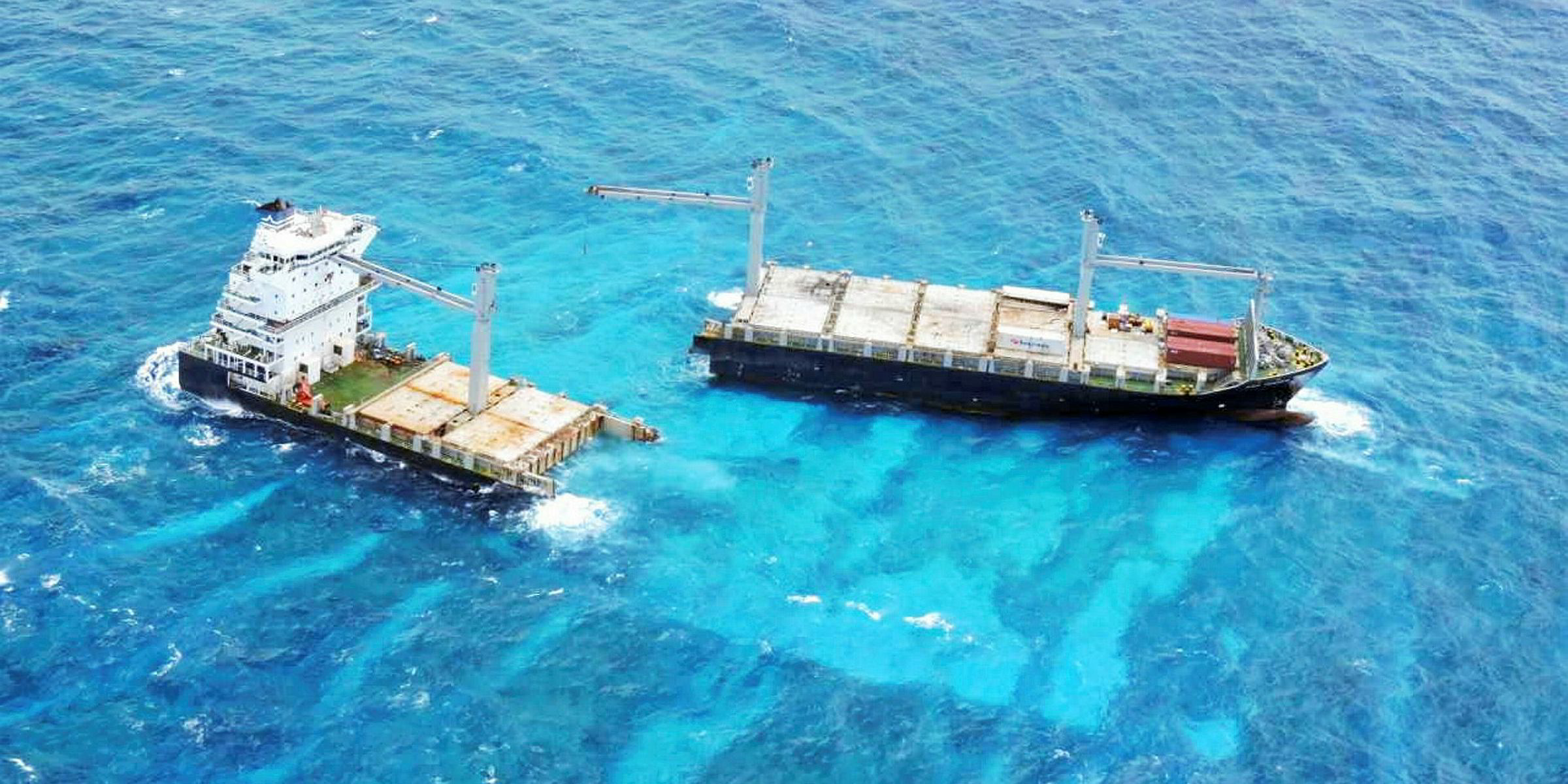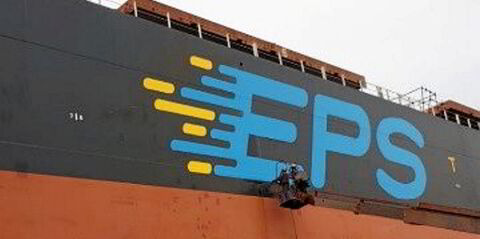Guangzhou Salvage is set to be awarded a salvage contract to remove the half sunken wreck of the panamax bulker Flourishever off the coast of Southern China.
The job is one in a series of high-value wreck removals recently won by Chinese salvors that is starting to grab the attention of the industry’s leading outfits.
The 74,523-dwt Flourishever (built 1995), controlled by Hong Kong-based Xintai International Shipping, grounded near Shantou in the South China Sea off Nan’au Island at the end of February. It was fully loaded with an as-yet-undisclosed cargo of agricultural product.
The Panamanian-registered ship operates in the Asian region but has recently had issues with port state control. A total of 19 deficiencies have been identified on the Flourishever in three separate port state control inspections across Asia in the past year, although none were severe enough to merit detention.
The initial Lloyd’s Open Form (LOF) emergency response contract, with a Special Compensation Protection and Indemnity Clause (Scopic), was awarded to Guangzhou Salvage. But TradeWinds understands that this is set to be turned into a wreck removal contract after the vessel was declared a constructive total loss.
The vessel's protection and indemnity (P&I) insurance is from the West of England Club, which said it was working with members on managing the situation but declined to confirm a wreck removal contract had been awarded.
The insured value of the hull is unknown, but VesselsValue estimates the panamax to have a market value of around $5.4m, which is the same as its demolition value. The ship's low value has been a factor in declaring the vessel a constructive total loss so quickly.
Pictures of the casualty suggest it may be a difficult job. Only the accommodation unit appears to be above water but it is unclear if the wreck can be refloated after lightering the cargo, or if it will have to be broken up.
Guangzhou Salvage is one of three companies under state-controlled China Rescue & Salvage group, which also includes Yantai Salvage and Shanghai Salvage.
The group has had a run of success against strong international competition from leading salvors, for both wreck removal and emergency response work.
Shanghai Salvage was first on the scene to provide emergency response services on a LOF basis to the 164,000-dwt tanker Sanchi (built 2008) following the explosion and collision that led to the loss of the vessel earlier this year.
The same company fought off strong international competition in an open tender to win the wreck removal contract for the 2,194-teu Kea Trader (built 2017), which is grounded off New Caledonia.
That came just 12 months after Shanghai Salvage was awarded the wreck removal job for the sunken ferry Sewol off the coast South Korea.
Salvage sources have said the Chinese Rescue and Salvage group is becoming increasingly prominent in the wreck removal market. Its technical skills have been widely recognised following a particularly difficult job to raise the fragile wreck of the Sewol (built 1994) in one piece in difficult sea conditions.
That is understood to have helped the company in the technical appraisal when bidding for the contract for the Kea Trader. The vessel's owner, Lomar Shipping, said it was impressed with the “innovative” technical solution provided by Shanghai Salvage, in which it will attempt to raise the two broken hull sections of the vessel “in one piece”, rather than break it up.
But another factor that is helping insurers to appoint the Chinese group's companies is its state backing.
Salvage sources said recent wreck removal contracts are placing increasing financial risk and liabilities on salvage companies. The added risks can come from cost overruns due to unexpected events, demands from local authorities, or pollution penalties from environmental damage caused by the salvage operation.
“We increasingly see underwriters want salvors to take more and more financial risks,” one salvage expert said. “And because China Salvage and Rescue has state backing, there’s a lot of confidence it can meet any potential financial liabilities.”



